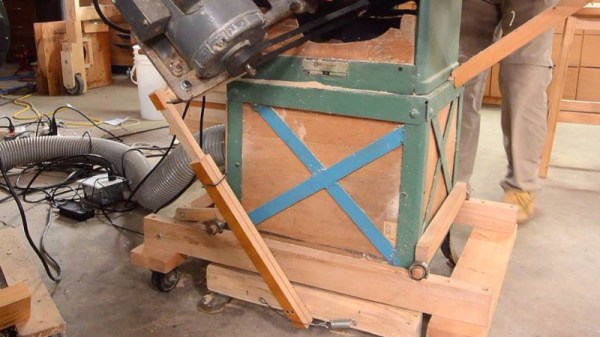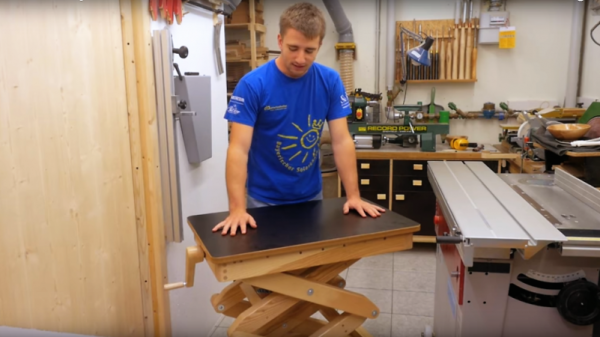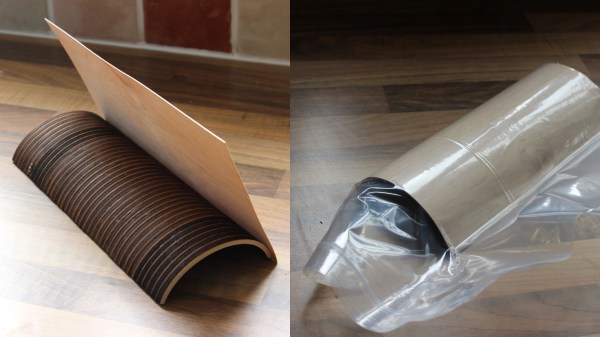No matter what material you work with, the general rule is that with machine tools, the heavier, the better. Some people can’t afford or don’t want big tools, though, even with their natural tendency to reduce vibrations. That doesn’t mean something can’t be done to help the little tools, like reducing vibration in a contractor-grade table saw.
This one might seem a little outside the usual confines of the hackosphere, but nobody can doubt [Matthias Wandel]’s hacker chops and he really shows off his problem-solving skills with this one. His well-worn contractor-style table saw has had more than a few special modifications over the years, some of which left it with a shimmy sufficient to vibrate workpieces right off the table. He fashioned a friction damper for the saw’s motor from wood, complete with ball and socket joints to allow full movement of the blade height and angle. That didn’t quite do the trick, but his incremental approach finally found the right combination of factors, and the video below shows a saw now stable enough to balance a nickel.
If the name seems familiar but you just can’t place the hacks, check out [Matthias]’s recent wooden domino extruder, his shortcuts to tapping wood, or of course his classic wood gears layout software.
Continue reading “A Fix For The Lightweight Machine Tool Shakes”

















